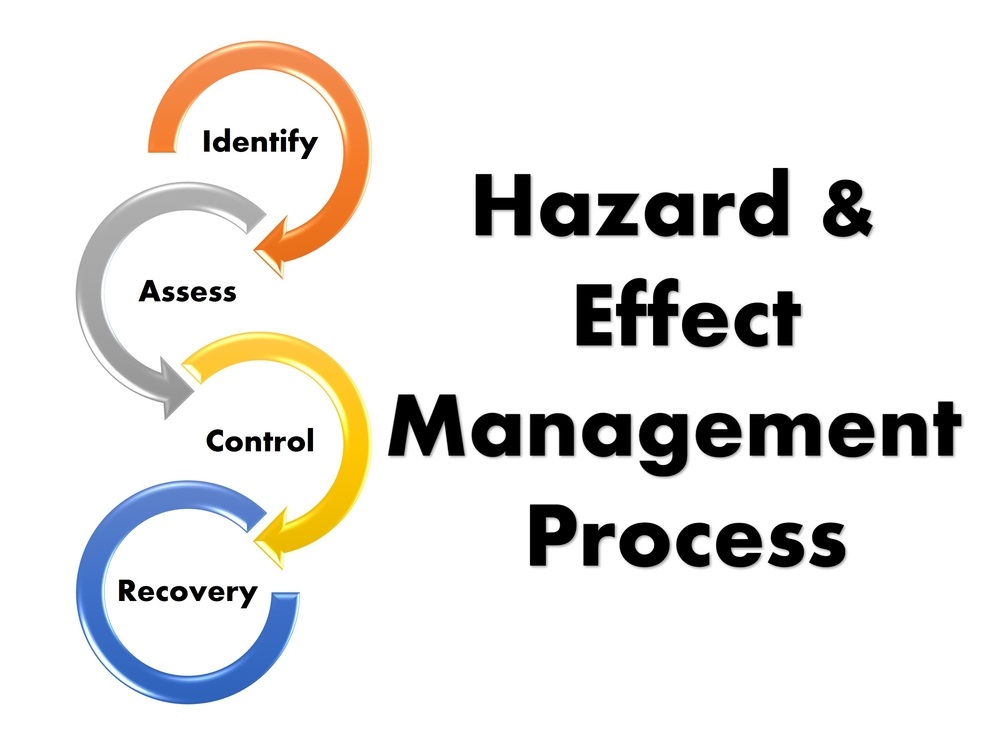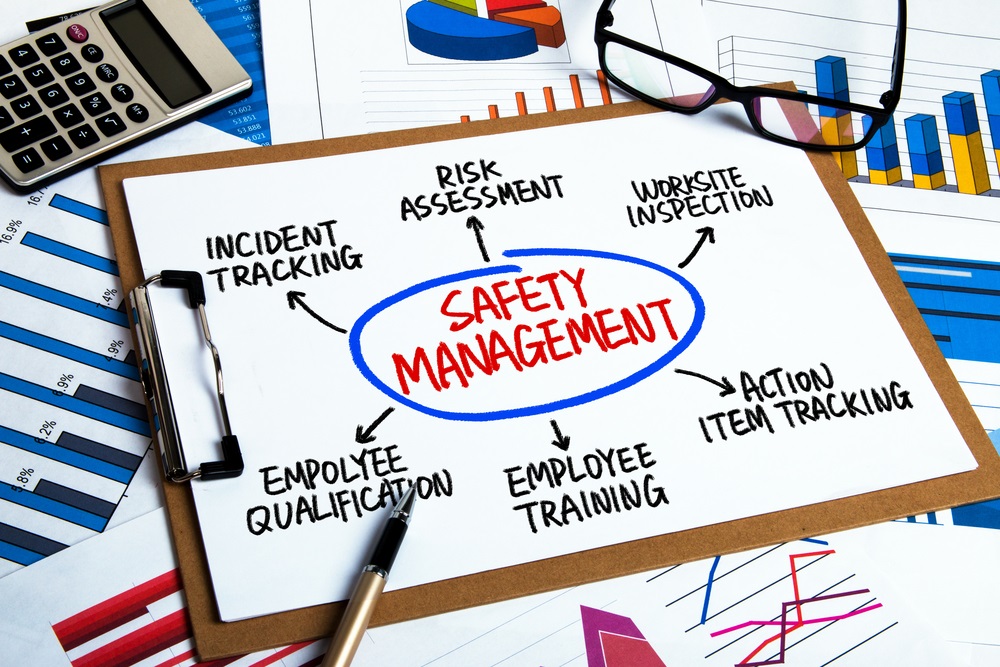It must be emphasized that the baseline is an initial risk assessment that focuses on a broad overview in order to determine the risk profile to be used in subsequent risk assessments. A baseline risk assessment focuses on the identification of risk that applies to the whole organization or project.
This type of assessment could be performed on a site, region or even on a national basis concerning any facet of the organization operations or procedures. This assessment needs to be comprehensive and may even lead to other and more in-depth studies.
The output of a baseline risk assessment
- it is a risk profile or set of risk profiles; and
- it is a clear description of the methodology, system and terminology etc. used in the scoping exercise, and what may be required for the improvement of the baseline HIRA in the future.
Examples of baseline risk assessments
- Hygiene and Health Surveys (Noise, Lighting, Ventilation, Temperature Extremes)
- Environmental Impact and Aspect Registers
- Fire Risk Assessments
Issues based risk assessment (Issue based HIRA)
Purpose of an issue based risk assessment
The purpose of conducting an issue-based HIRA is to conduct a detailed assessment study that will result in the development of action plans for the treatment of significant risk.
This type of assessment is normally focused on operational activities, processes and systems based business functions. It focuses the identification of the risks within a certain task, process or activity and is usually associated with the management of change.
Risk profiles from the baseline HIRA form the basis for establishing issue-based
HIRA programs.
The issue-based HIRA program can be modified when necessary due to, for example:
The output of an issue-based risk assessment
The output of an issue-based HIRA is clear recommendations to management for further action in terms of Section 11(2) of the MHSA.
Examples of issues based risk assessments
- A new machine is introduced at the site
- A system of work or an operations is changed
- After an accident or a ‘near-miss’ has occurred
- new designs, layouts, equipment, or processes, etc
- Task risk assessments
- findings that come to the fore during continuous HIRA
- requests from employees
- a change in the risk profile
- new knowledge and information becoming available on the level of risk to employees
- Process hazard analysis
- Environmental impact assessments
- Major hazardous installations risk assessments
- HAZOP (Hazard And Operability Study)
Continuous risk assessment (Continues HIRA)
Purpose of a continuous risk assessment
The purpose of conducting continuous HIRA is to:
- identify hazards with the purpose of immediately treating
- significant risks;
- gather information to feed back to issue-based HIRA; and
- gather information to feed back to baseline HIRA.
Output of a continuous risk assessment
A continuous risk assessment should be conducted on a continuous basis in the working environment. It is a powerful and important form of assessment and should take place continually, as an integral part of day to day management. In continuous HIRA, the emphasis is on day to day hazard awareness, through HIRA, and immediate risk treatment.
In developing hazard awareness, memory joggers such as inspection checklists, pre-use checklists, and critical part and paths checklists, can be produced from management controls that are a product of issue-based HIRA. Planned Task Observations could also be conducted on an ongoing basis.
It is performed at an operational level, where the system, process and activities are monitored on a continuous basis by the operational floor management and first line supervisors. It must not be sophisticated and should mainly be conducted by first line supervisors.
In this regard formal training is essential. The main emphasis is on “hazard awareness through hazard identification”.
Examples of continuous risk assessment
Hazardous activities need to undergo this type of risk assessment prior to the conducting of the activity and can include:
- Inspections
- Critical task observations
- OHS audits
- Work permits
- Toolbox talks
- Medical surveillance
- Occupational hygiene measurements
- Planned maintenance systems








